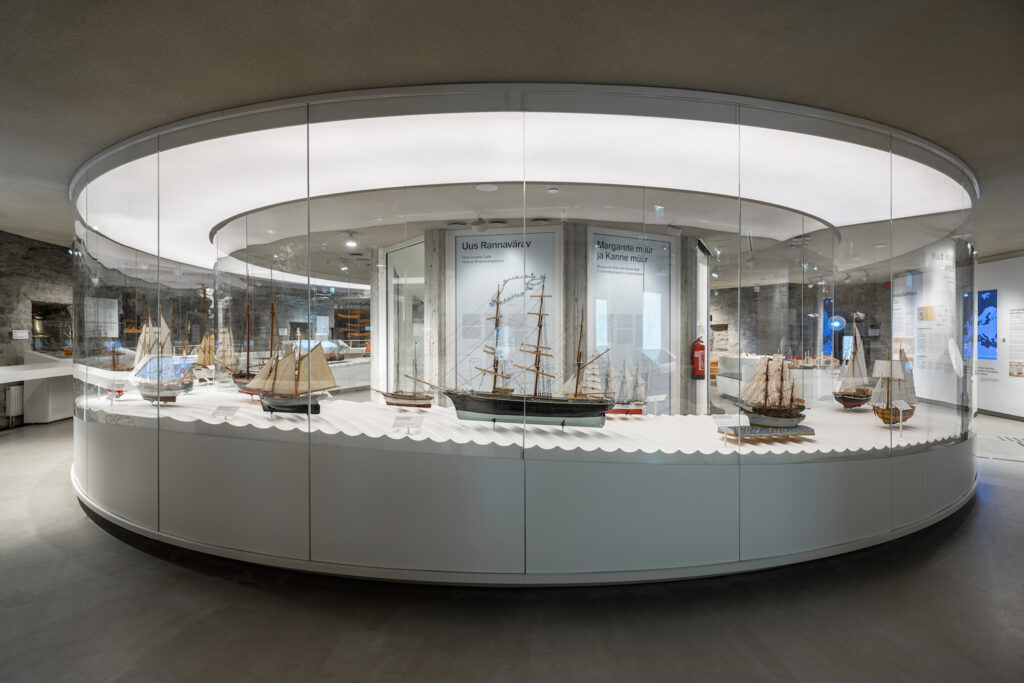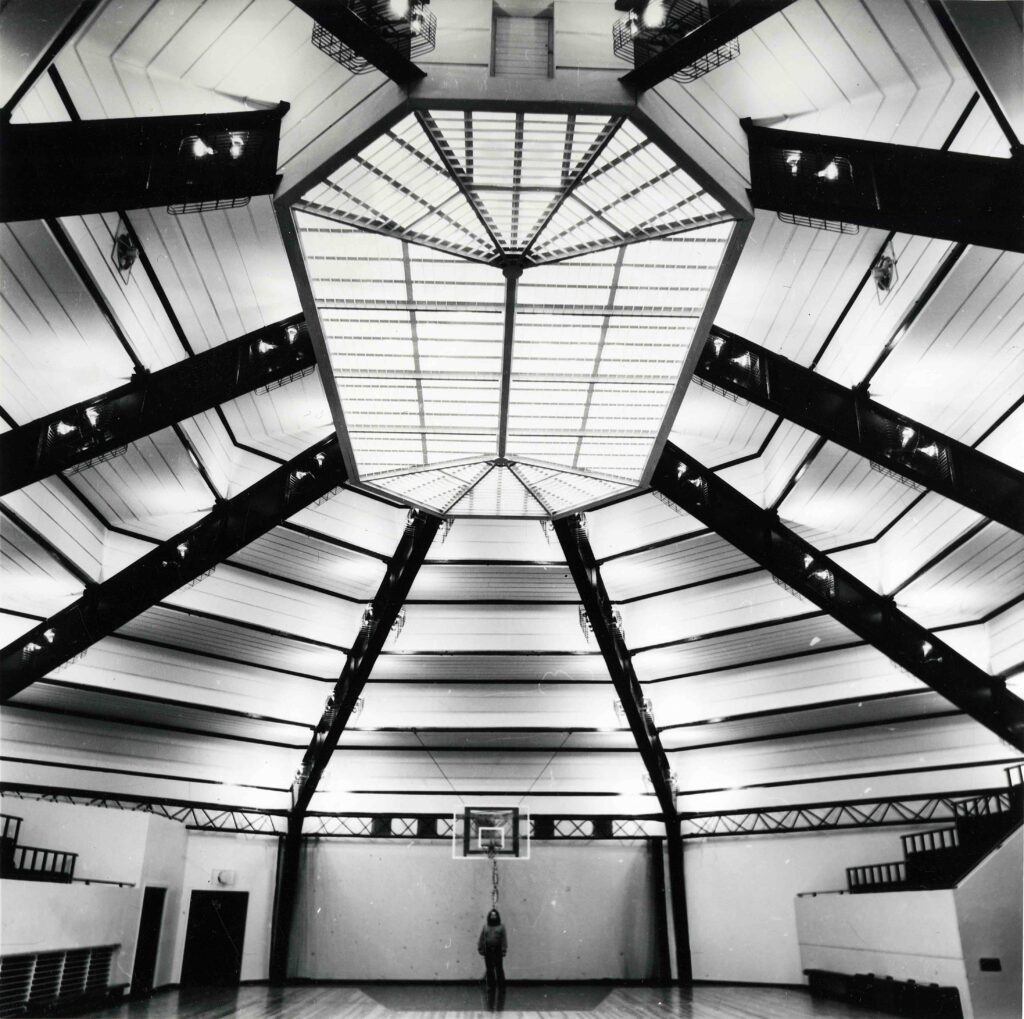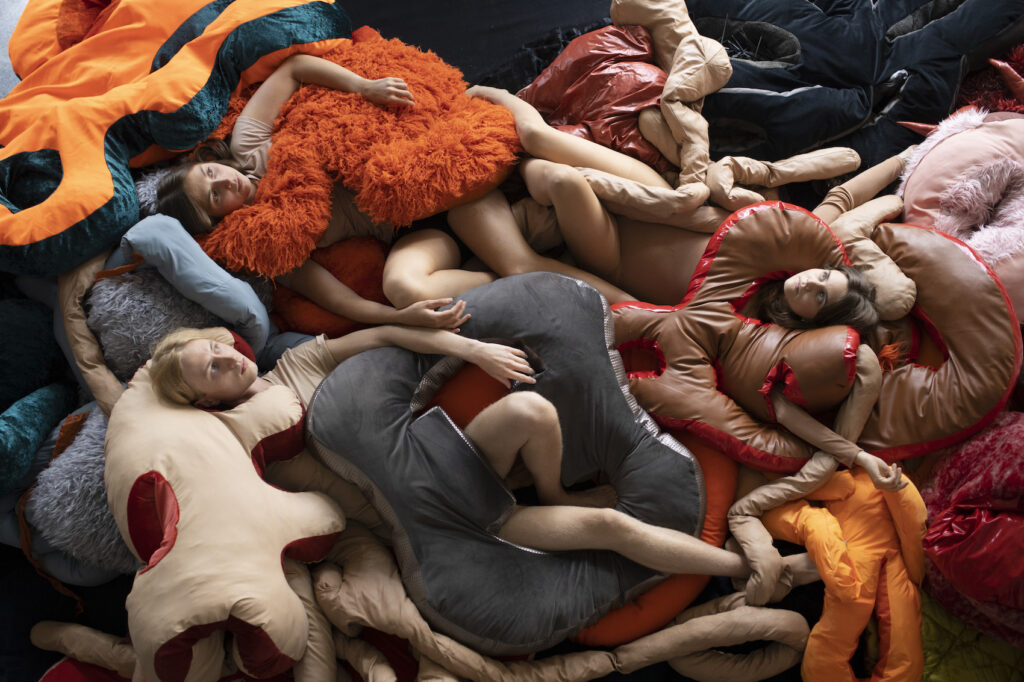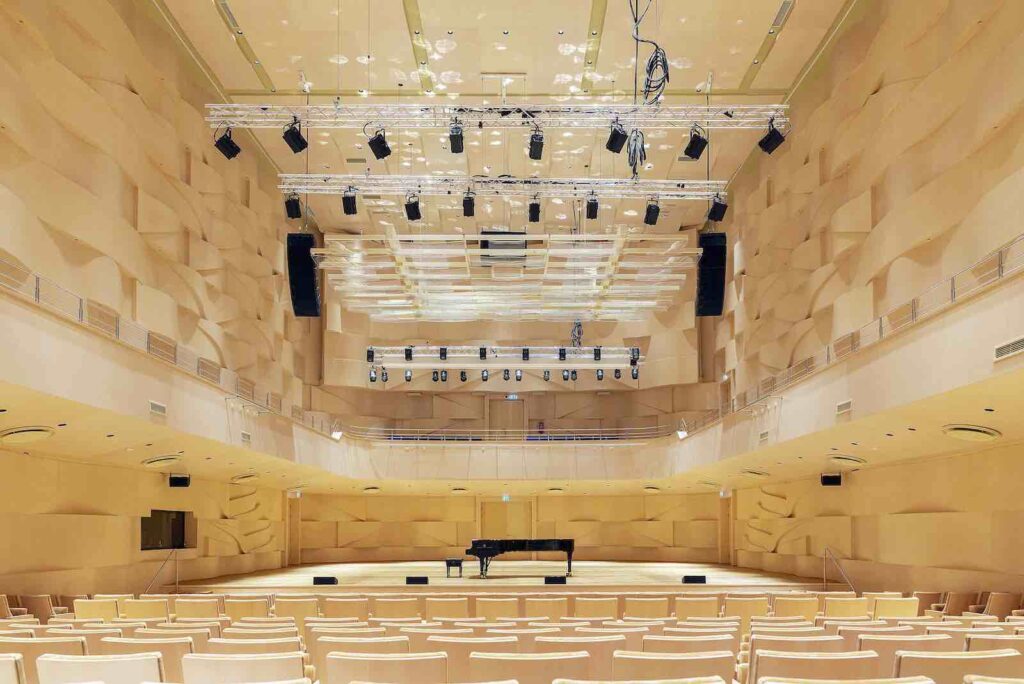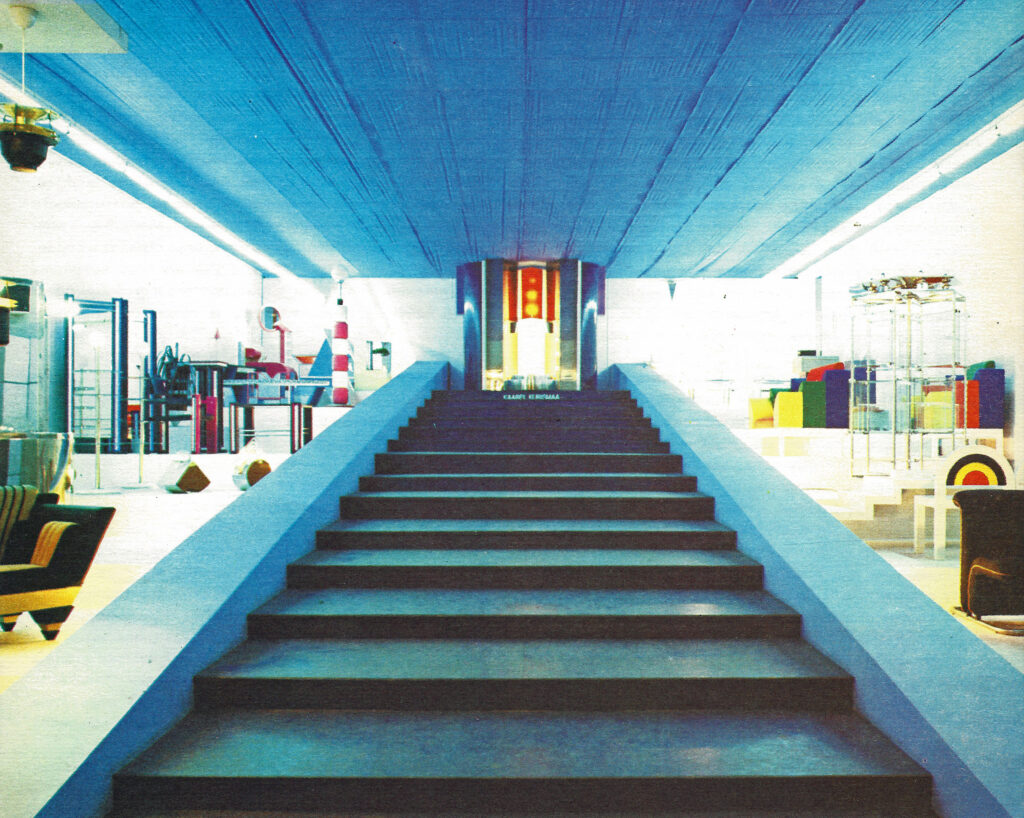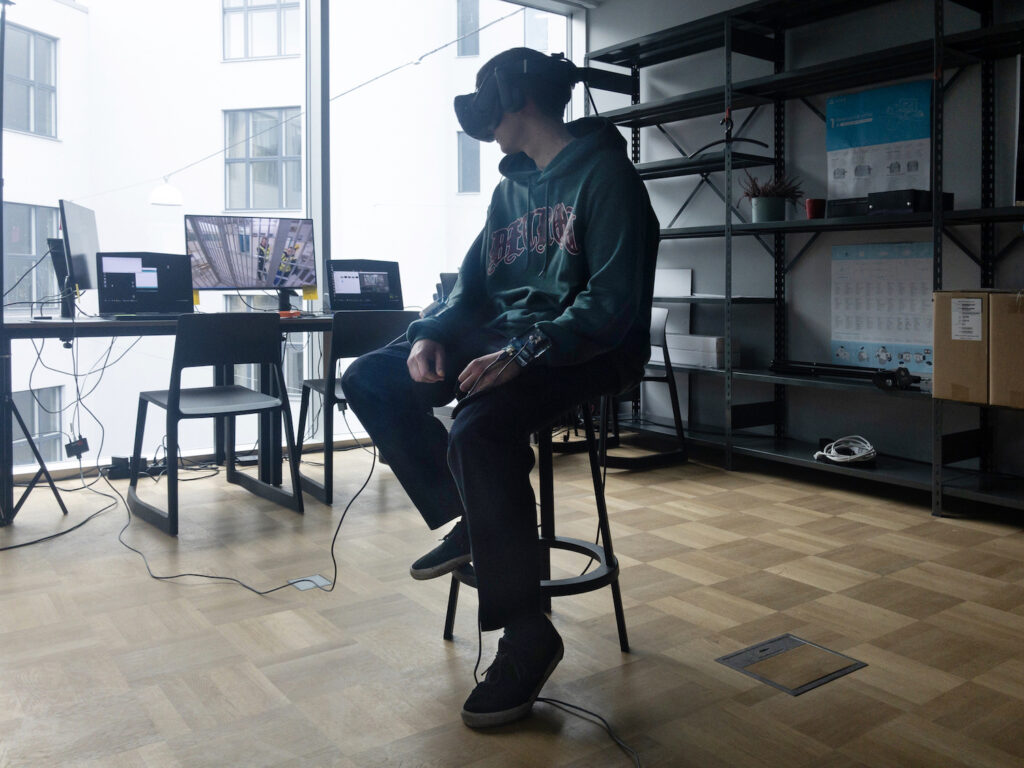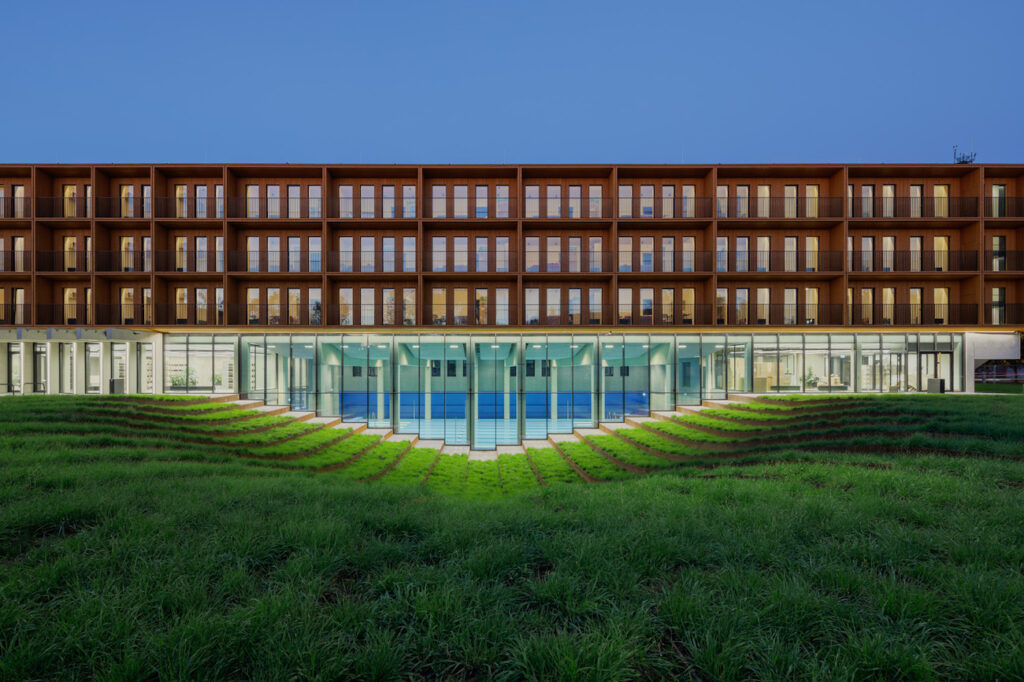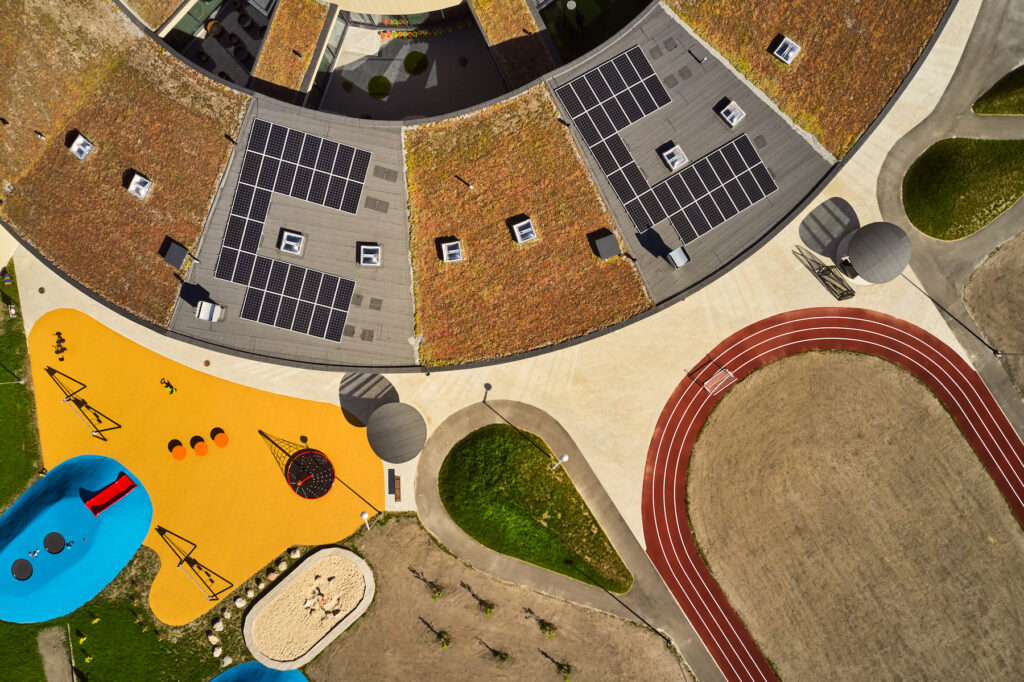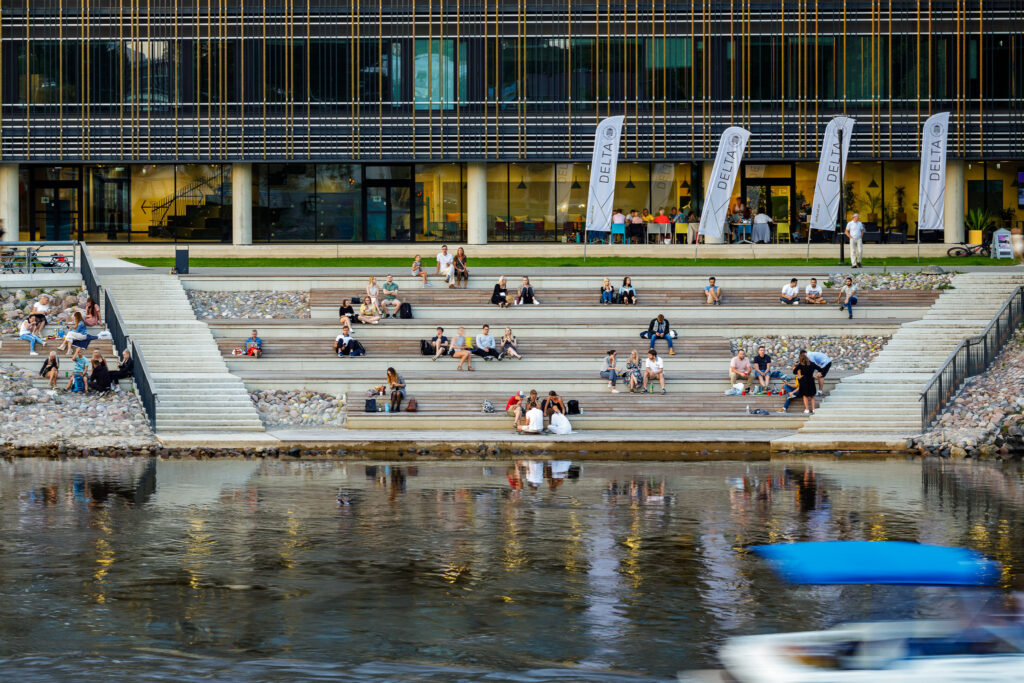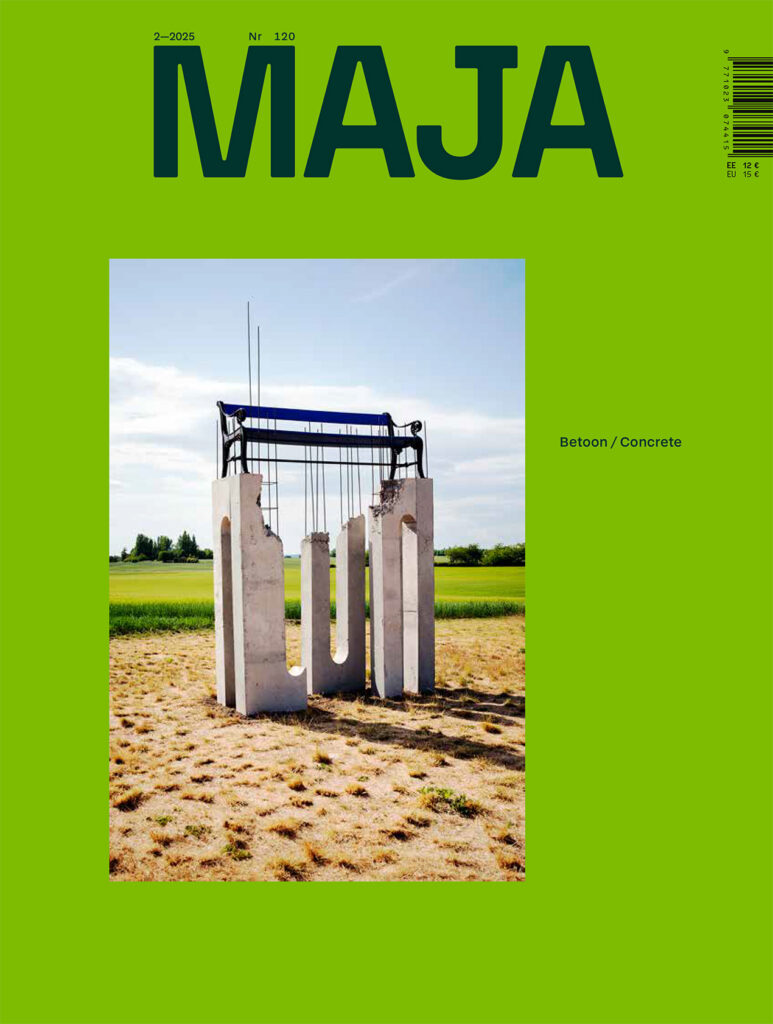INTERIOR
Could a space be experienced before its completion? The authors of the interior architecture of Fat Margaret museum discuss how they used photogrammetry and virtual reality technology in the design process and how it facilitated the communication between the various project partners.
Photo Essay: interior architect Aulo Padar 80.
On the morning of August 29th in 2017, freshmen of the Department of Interior Architecture were waiting for a train at Baltic railway station at 7.44 am to head to Pärnu. What lay ahead was a three-day trip, followed by a three-year-journey into the unknown. Yet, these students were not completely caught off guard by these successive events as they had been admitted to the Department of Interior Architecture at the Estonian Academy of Arts, run by Hannes Praks.
‘Rhizopia’ stands for an environment that stimulates the senses to enable losing boundaries between oneself and the rest, introspection and testing different ways of togetherness.
Happiness—a word frequently used to describe the sensation emanating, exuding and radiating from the newly completed large concert hall of the Estonian Academy of Music and Theatre. How is happiness built?
On a July evening, interior architects of various generations Taevo Gans, Kadri Pärtelpoeg, Eero Jürgenson, Pille Lausmäe, Priit Põldme, Marje Karu and Tarmo Piirmets came together at the association’s office in Rüütli Street to discuss the establishment, needs and current issues of the organisation.
Biometric technologies and spatial computing—could enhanced communication between human and machine transform our spatial experiences beyond all recognition?
How did a landmark in wooden architecture—the largest public wooden building in Estonia—come to be?
One of the most important traits in the 21st century is considered to be creativity. What kinds of spaces set the cornerstone for a creative personality? Let us examine the interiors and exteriors of Raja Kindergarten in Pärnu.
How can human well-being and cognitive processes benefit from evidence-based design? We discuss it on the example of teaching and research facility in the Delta Centre of Tartu University and the creative house Vita of Tallinn University.
Postitused otsas
ARCHITECTURE AWARDS


